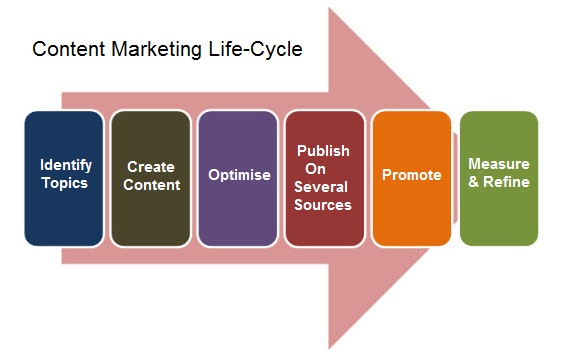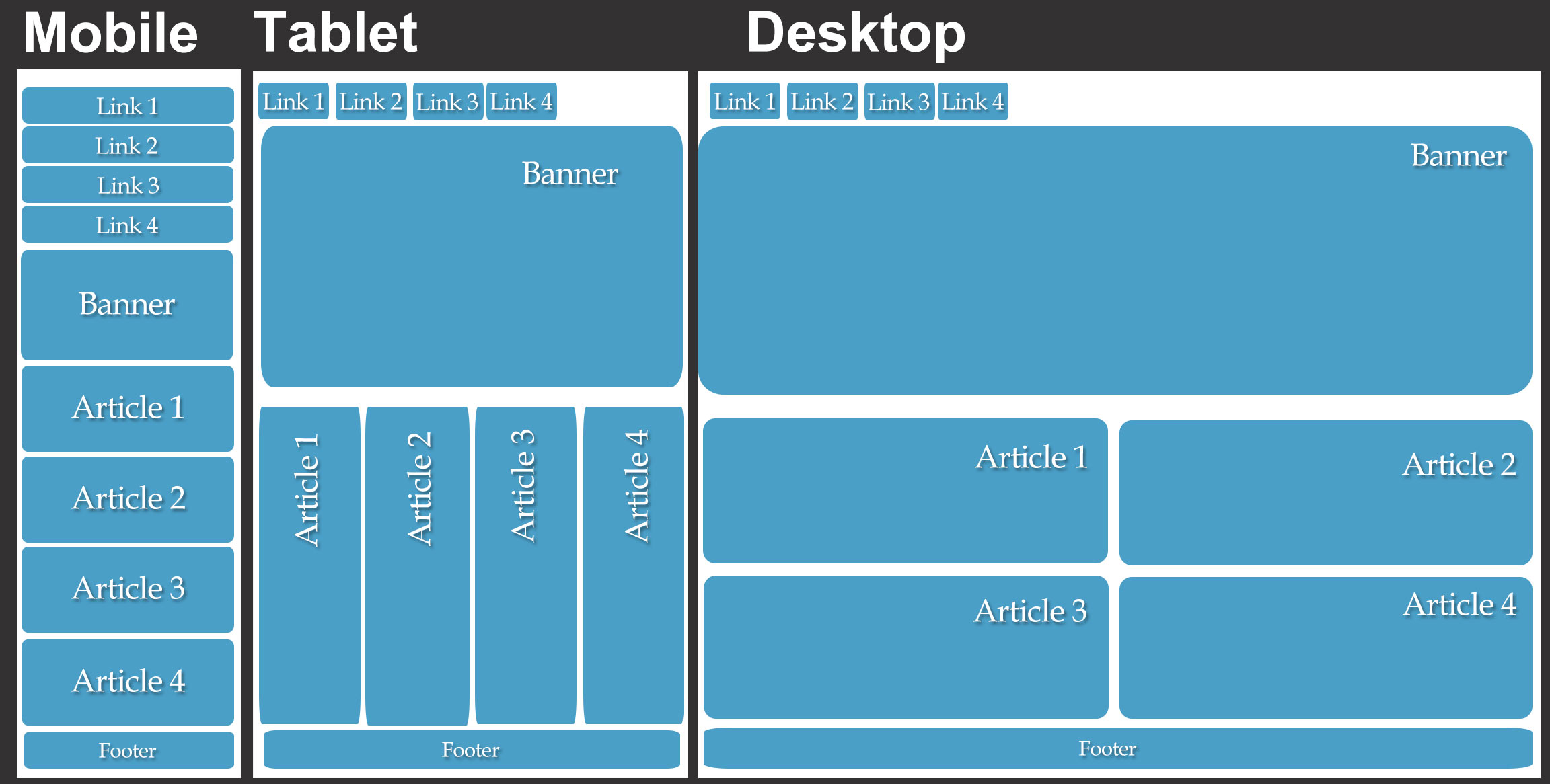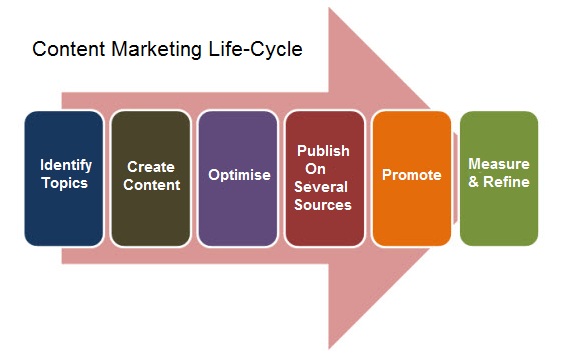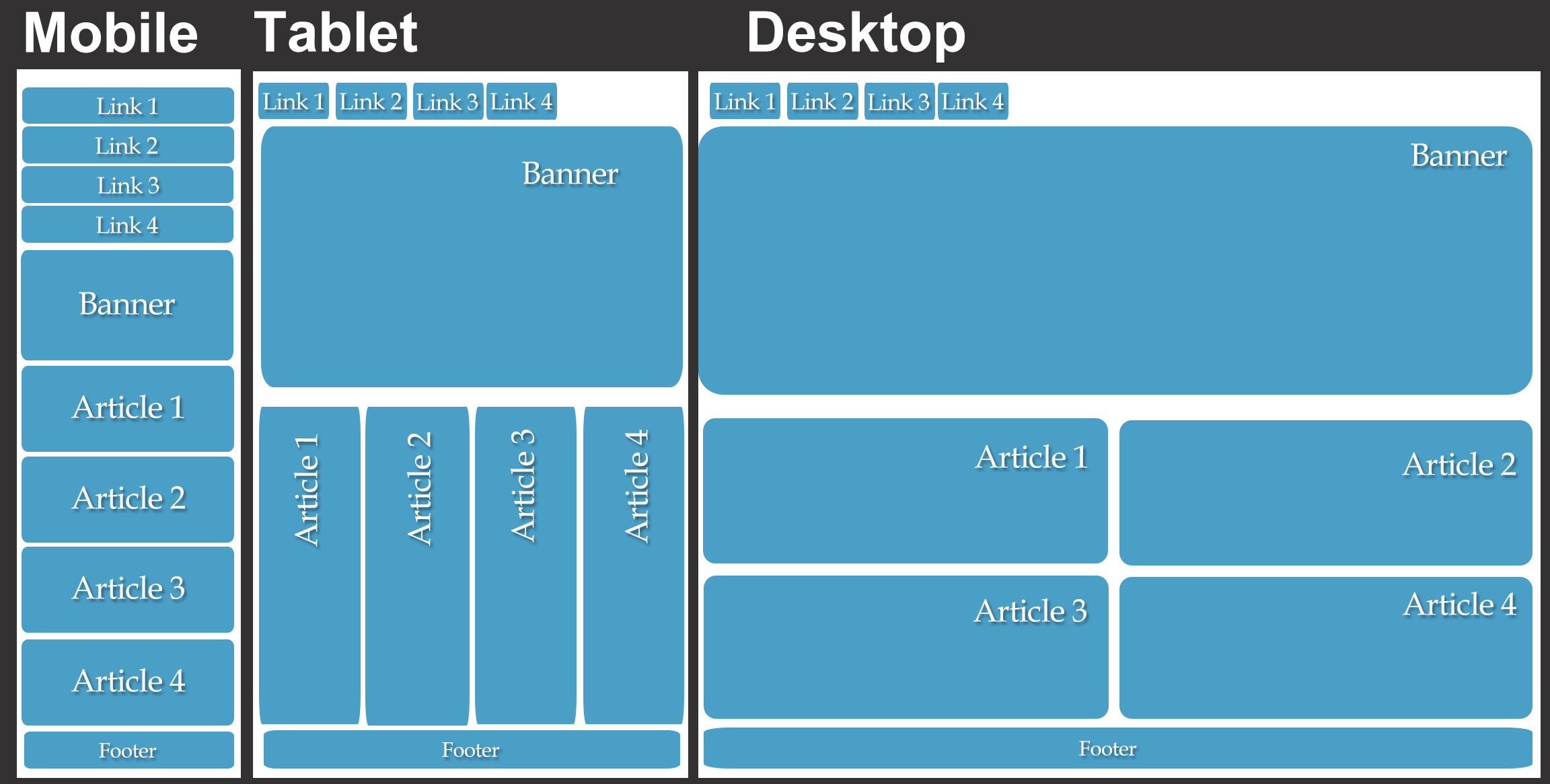Building a Productive Relationship with a Marketing Consultant or Digital Agency
Today’s always on smartphone drenched word is putting significantly greater pressure on businesses.
Platform interoperability, content publishing, social channels, ROI and sales funnels, ad networks are all forcing infinite challenges on brands with finite resources.
Most of you cannot get to market with sufficient impact to get heard without additional hires.
Where’s the pain? What’s not working for your business in a marketing context?
Or, do you have some sense of brand malaise: we are not growing as fast as competitor X, leads are all from one source, etc.
Recognizing ideas are cheap, tactical execution is not - don’t go for “shoot the moon” campaigns, they are frought with problems.
Deploy iterative marketing steps that move you forward with baked in testing.
Egos Are the Death Knell of Many Relationships (on both sides of the table).
Know everybody has to check egos at the door. Your biases are going to show; that’s cool but don’t let them run rampant across the relationship.
Your costing your business money if you do and probably blunting some of the effectivness of your agency.
Perfection is the Enemy of Tactical Accomplishments
Understand just getting some tactical marketing processes done or at least underway is much better than grinding the image, content, video, web site design, PR, etc. into the dust.
That doesn’t mean you want to put crap out into the marketplace. But, 3-6 months (which I’ve seen) on a simple 30 page web site means no good work is getting done.
Strive for perfection with your agency. But, know it’s a double edged sword and in markets moving as fast as a teenager’s fingers on a phone don’t get left in the dust. #gettomarket
Complexity is Always Going to add Risk to any Campaign or Marketing Activity
Don’t believe a proposal or words out of the mouth of any ad geek that tells you differently.
Don’t be Technical Road Kill - Join the Party: Tech Savvy Brands are Excelling in today’s Digital Economy
Tech is baked into every marketing platform and they do not work as advertised. You must have technical competency in your business or you are at a distinct disadvantage that can put you out of business.
And, if you can’t keep pace with your agency in meetings, discussion and managing projects, you are indirectly going to pay a lot more for services.
You don’t have to write code but someone on staff should at least have a working knowledge of server provisioning, what’s good community management, web site platforms, analytics, SEO best practices, cloud technology, sales funnels and CRM apps.
Be patient and know going in the agency or consultant is going to have a learning curve.
What’s reasonable? It depends on the complexity of your product and services. If they have a dazed look in their eyes 2-3 meetings into the relationship you may have made a bad choice.
Should you expect to pay for the learning curve? That’s an almost impossible question to address fairly.
Most of us are going to bundle in some time for getting up to speed. If the billing feels egretious, in most cases it is.
Stakeholder Love is a Good Thing
Give the stakeholders in your agency some leeway. If the design geek wants to use pink and black and your company colors are pastel you should hold your ground.
But, if you “force” all decisions in your favor and those good folks your paying to help you get to market may at some point may not invest as emotionally in your business.
It’s a delicate balance and there is no set formula. But, to generate more creativity nurture the relationship.
Collaboration is the Mother of all Creativity
Collaboration is really what is going to drive a great relationship, save you money and drive marketing strategy that makes a strong statement.
In today’s digital age collaboration can mean getting customers in the loop, sales, support and even shipping/receiving.
Relationship Killers on both Sides of the Equation
- Rampant Unchecked Egos: it’s Friction vs. Flow
- Not invented here syndrome paralysis
- Endless Ad Campaign or Design Feature Creep
- Ideas are Not Aligned with Staffing and Functional Capabilities
- Not Listening to each other
- Wrong Fit: the Size of Your Agency does not Map to your Company Size
- No Honest Conversations about “cheap is not the same as quality”
Five Signs that tell You “It’s Time for a Change”
- Revenue is on Idle
- Your only talking with interns and the “Creative Director” is always busy.
- You are not Feeling the Juice (#stale)
- Too much Emphasis on Tech and not on Creativity
- Too Much Friction and not Enough Traction
Perspective is a Moving Target and Essential to Marketing Success
Many of us on the agency side are increasingly finding it more difficult to share meaningful perspective with clients.
So much content is being pumped out about the magic of “growth hacks” and the mystical brand building social platforms provide.
Some of it is just bunk dressed up in shiny presentations and personalities. But, it’s confusing to many nevertheless.
None of us (self included) has a “silver bullet” for success in today’s digital eco system.
For many of you a less is more approach is a fundamental driver for perspective.
Pick and build a relationship with an agency partner that brings creativity to the forefront of your marketing strategy, with embedded tech where it makes sense.
Most importantly, recognize discernible behavior patterns require time and marketing expenditures to emerge from the mists.
Finally, know every technology you utilize, each marketing channel (Facebook, Twitter, LinkedIn, YouTube, Instagram) you select have inherent advantages and disadvantages.
And, everything is in a constant state of flux. It’s organized chaos. Fortunately, the risk reward scenarios are balanced.
Documents We Use that May be Useful (all are Dropbox accessible)
Editorial Calendar (Excel format)
Informal Web Site Design Questionnaire
Digital Health Analysis (two page and detailed)



